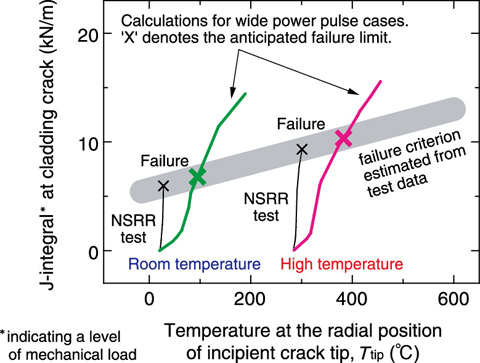
Fig.6-3 Radial cladding temperature profiles

Fig.6-4 Estimation of the fuel failure limit considering the power pulse width and temperature conditions
Nuclear reactors must be safe, even if an accident occurs. One of the accidents assumed for safety design confirmation is the reactivity initiated accident (RIA), which is a power excursion typically caused by control rod ejection. To determine whether fuel rods fail in RIAs, fuel failure criteria based on experimental data from the Nuclear Safety Research Reactor (NSRR) are used in Japan. Pulse power operation, which produces high power for a short time, enables RIA simulation tests, but the pulse power has a shorter time width and a higher power peak than those anticipated in power reactors. In addition, RIAs in power reactors are assumed to occur at a high temperature (ca. 280 °C), but most of the NSRR test data were obtained at room temperature (20 °C). Despite these differences in the test conditions, the NSRR data have been directly applied to the safety criteria, because the differences lead to conservative results. However, quantification of the conservativeness and failure limit in power reactors is necessary for evaluating the accurate safety margin of the present safety criteria.
Therefore, we developed a procedure for converting the fuel failure limits obtained from the NSRR tests to those under power reactor conditions by utilizing the accumulated knowledge on fuel failure and recently obtained data at 280 °C (Topic 6-1, JAEA R&D Review 2010).
On the cladding tube of long-term used fuel rods, the outer surface is oxidized and a layer with dense hydride precipitation, so-called hydride rim, is formed. Our previous studies clarified that cladding cracks are generated from the surface into the hydride rim owing to pellet thermal expansion in an RIA, and the crack begins growing further when the mechanical state at the crack tip exceeds a certain limit and finally penetrates.
In this study, we calculated the cladding deformation and temperature during an RIA (Fig.6-3) and determined the evolution of the mechanical state at the crack tip. In addition, we estimated the failure criterion from the NSRR test data for room and high temperatures. Finally, we evaluated the fuel failure limit for the wide power pulse (Fig.6-4). This procedure reflects the mechanism in which the pulse width affects the crack tip temperature, local ductility, crack growth conditions, and finally the fuel failure limit and enables conversion of the NSRR test data for power reactors and improvement of the safety criteria with an accurately evaluated safety margin.
This study was performed using data from experiments sponsored by the Secretariat of the Nuclear Regulation Authority (former the Nuclear and Industrial Safety Agency, the Ministry of Economy, Trade and Industry of Japan).